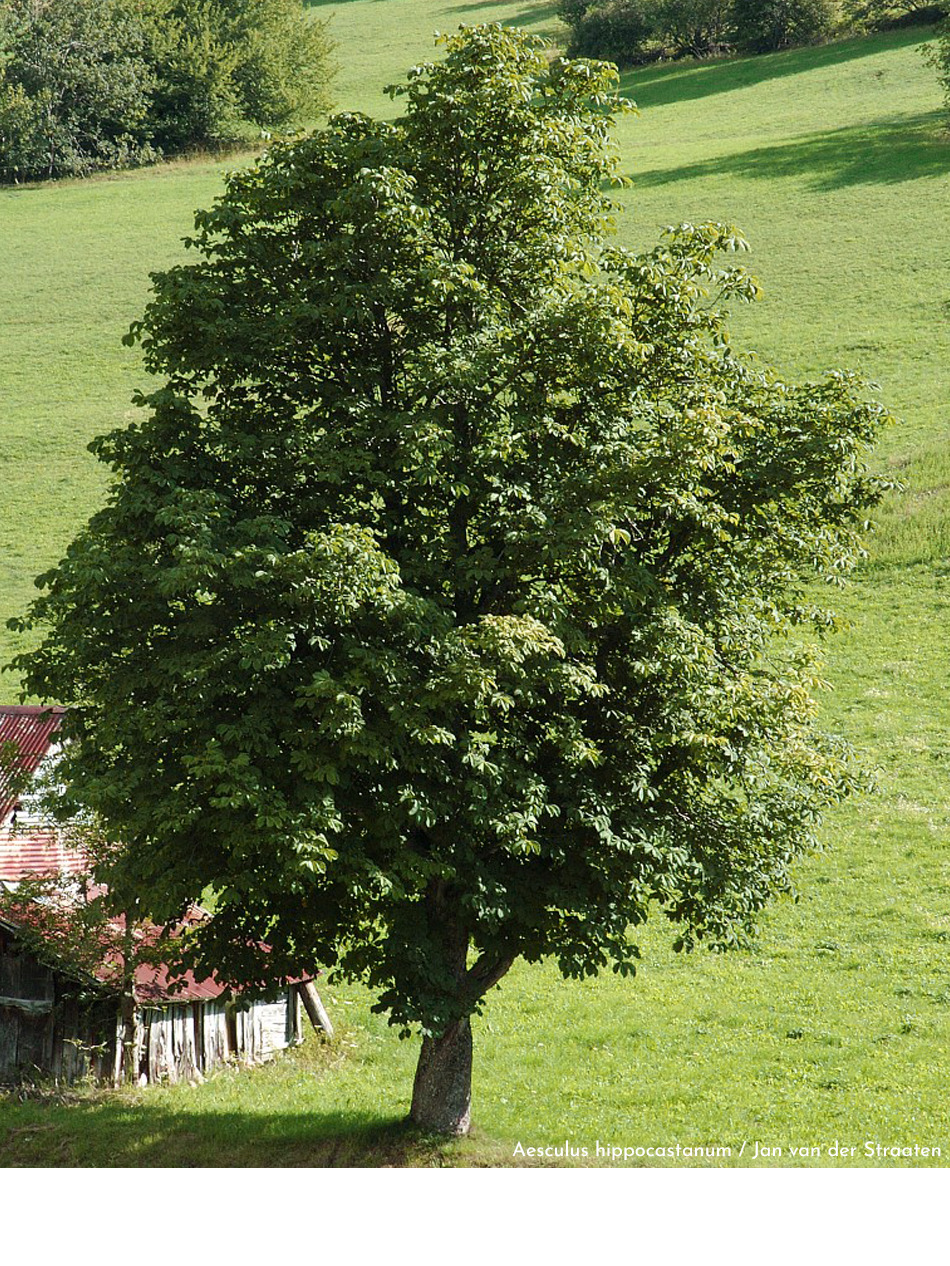Unlike the chestnut species with edible fruit (Castanea sativa), the horse chestnut has inedible fruit, which are however used in medicine and pharmaceuticals. It is planted as an ornamental tree in many parts of Central Europe and the Balkan Peninsula. Its flowers look like huge white candles, decorating the alleyways of many European cities. It blooms from April to May.
As it is rarely found in large compact areas, wild chestnut honey is extremely rare. In Bulgaria, North Macedonia, Albania and northern Greece there are relics of ancient native horse chestnut forests. These are critically endangered ecosystems, some of which are preserved in nature reserves.
Horse chestnut honey is far less intense than sweet chestnut honey. It is reddish-brown, remains liquid for a long time and is less viscous than edible chestnut honey. It is also not bitter at all. It is a very sweet honey with a clear, floral, fragrant aftertaste.


